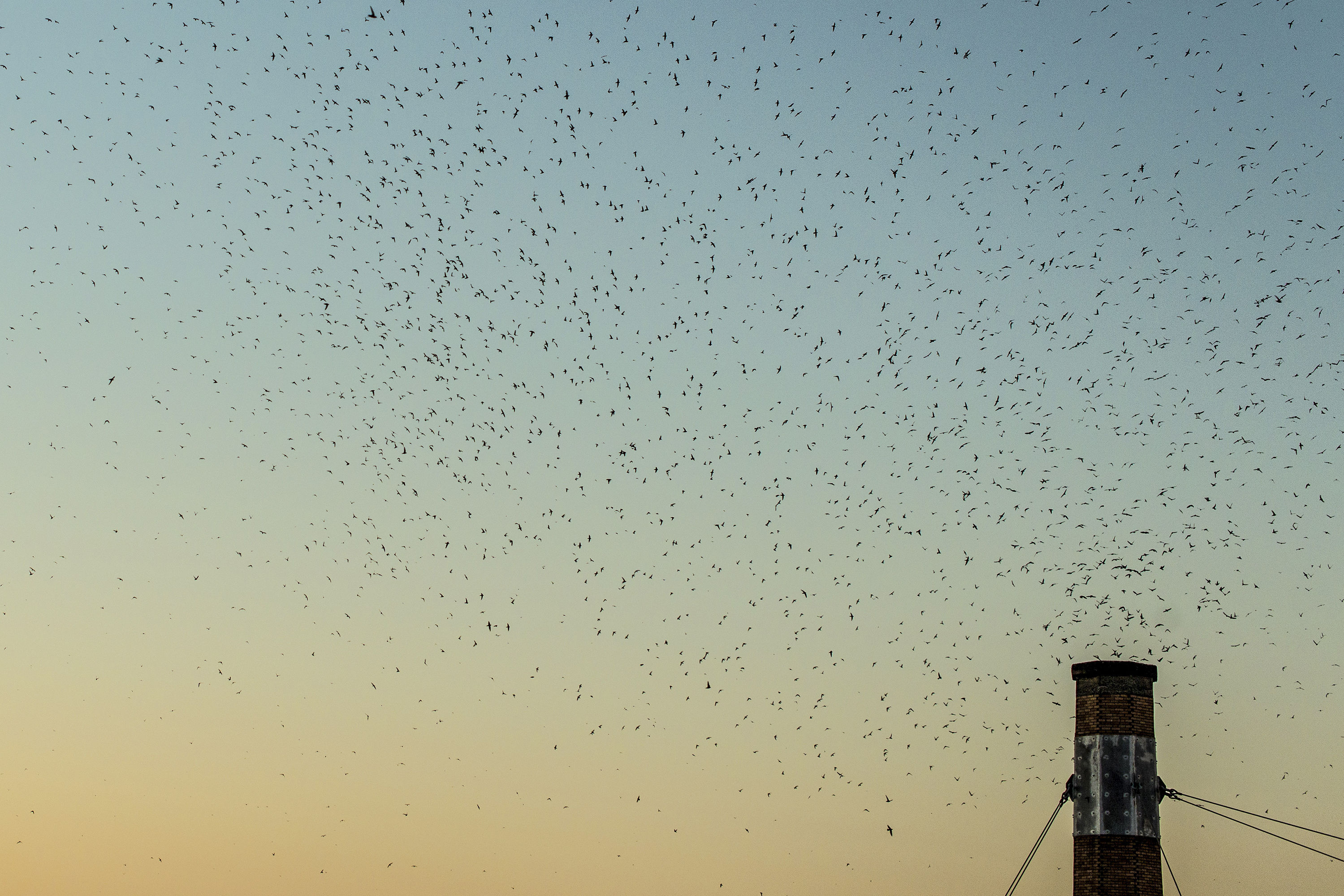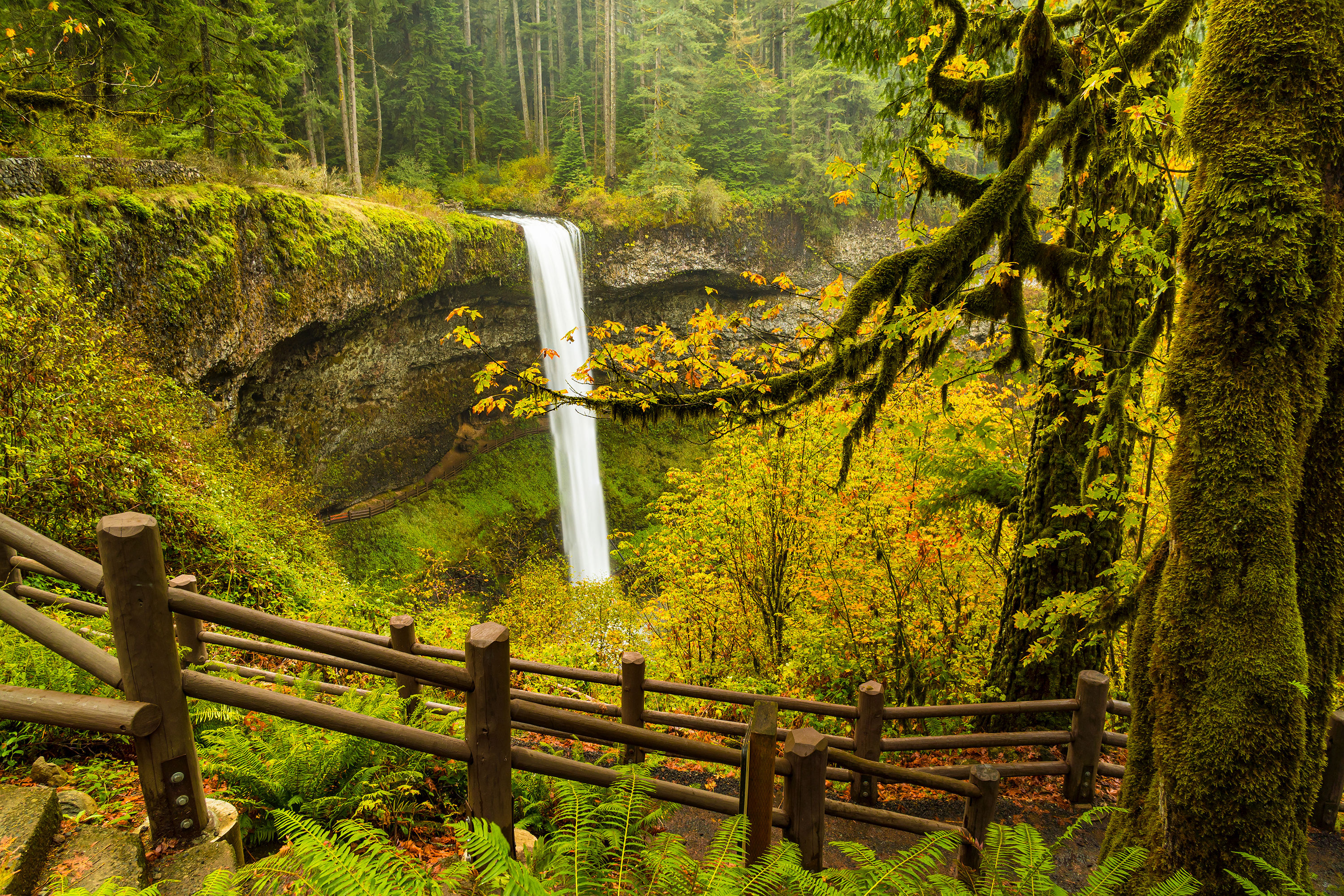Is This New Book the Weekend Warrior's Guide to Oregon's PCT?
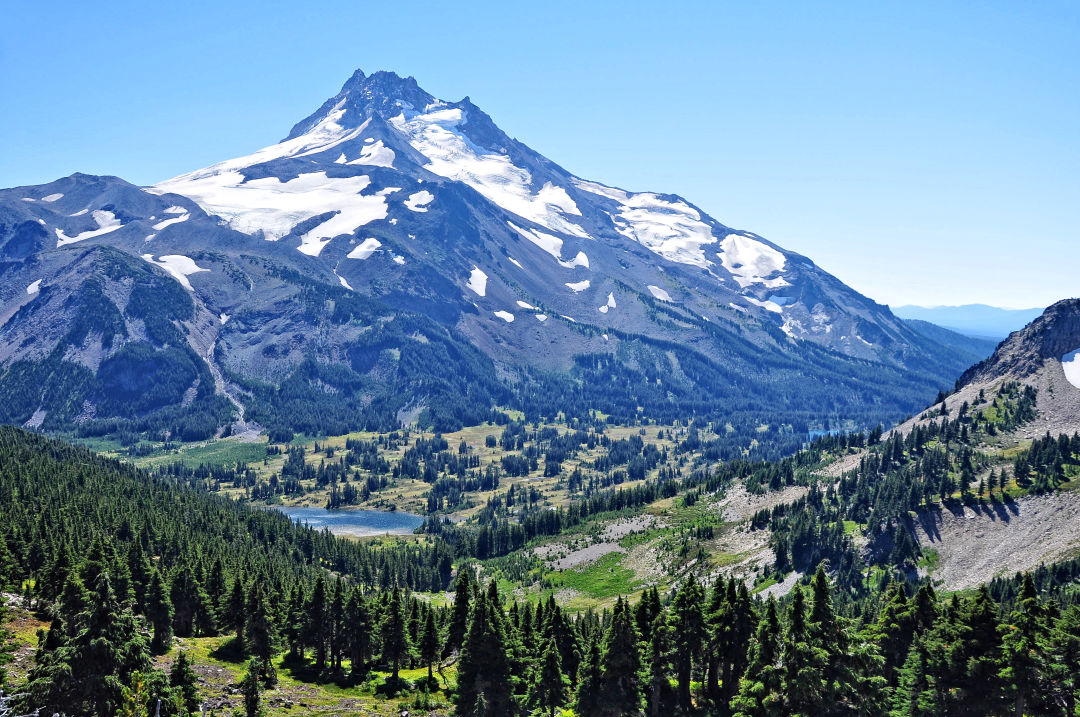
Beat this vista—from the Pacific Crest Trail near Breitenbush, take in a wide panorama over Russell Lake and Jefferson Park, with Mount Jefferson rising above.
Image: Eli Boschetto
Still racking your brain for that truly epic New Year’s resolution? Here’s one from local hiker-author Eli Boschetto: why not hike the length of Oregon?
Boschetto’s here to help. His new book Hiking the Pacific Crest Trail: Oregon, published just this past December by Mountaineers Books, offers 328 pages on everything from filling out permits to setting up camp in the meadows by Mesa Creek, high up in the Three Sisters region. (Boschetto's not all business, though—he's prone to lyrical meditations, like one, set near that Mesa Creek camp, on deer scavenging for supper as the sun sets behind South Sister.)

Tucked into a lush grotto, Ramona Falls is a short side trip from the PCT.
Image: Eli Boschetto
Boschetto’s Oregon-specific guide is the second of a four-part collaboration that maps Oregon’s 455-mile stretch of the famed scenic hiking and equestrian trail. (The Washington PCT guide came out in September; two volumes covering the trail’s path through California are forthcoming.) According to Boschetto, there’s a good reason to start local: Oregon’s stretch of the PCT is blessed with trails that are a “cakewalk” compared to some sections you’ll find throughout Washington and California.
As Boschetto explained to Portland Monthly, the new Oregon guide “is for the person that likes to go out for a weekend, that likes to go out for a week—that wants to take their time, enjoy the environment, and not feel like they’re pressured or obligated to go and spend a month or six months on a trail.”
True, the PCT might not seem like it needs more attention these days, given a certain globally ubiquitous boot-chucking book and movie. Boschetto says Wild has indeed changed the trail over the last few years. He thinks the novel’s “sensationalized” events have undermined the hiker's precept of Leave No Trace—from oodles of boots now lining canyon beds to an increase in the number of toilet paper-ringed campsites. The recent surge in popularity has forced organizations like the Pacific Crest Trail Association and the U.S. Forest Service, he says, to “take new steps to go and manage the crowds and the impact that’s being put on these popular trails.”
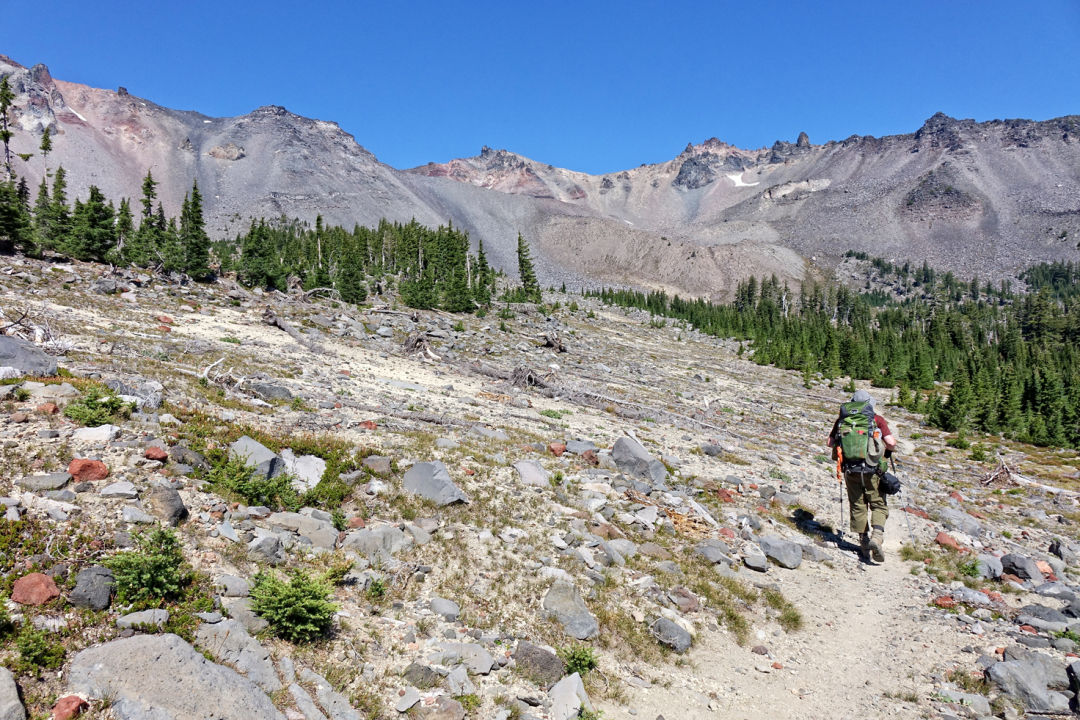
Boschetto wends his way past sprawling Diamond Peak.
Image: Mitzi Sugar
But there's another side to that coin, Boschetto adds: in serving as “a tremendous promotional piece for going out and hiking long-distance trails,” stories like Wild can also reinforce the idea that nature possesses an “almost medicinal aspect” to help cleanse and discover one’s self.
Boschetto wants you to see the trail the way he first did back in 2012, when he came across the sight of the Charleton Butte Fire, just past Santiam Pass, and saw a sense of hope buried in the forest floor, where “underneath all of those burned snags and matchstick trees the forest floor was just littered with wildflowers.” Go there, he says—just remember that bearing witness to such glory isn't a passive pursuit; you're now part of nature's maintenance crew, tasked with keeping up such scenic integrity.
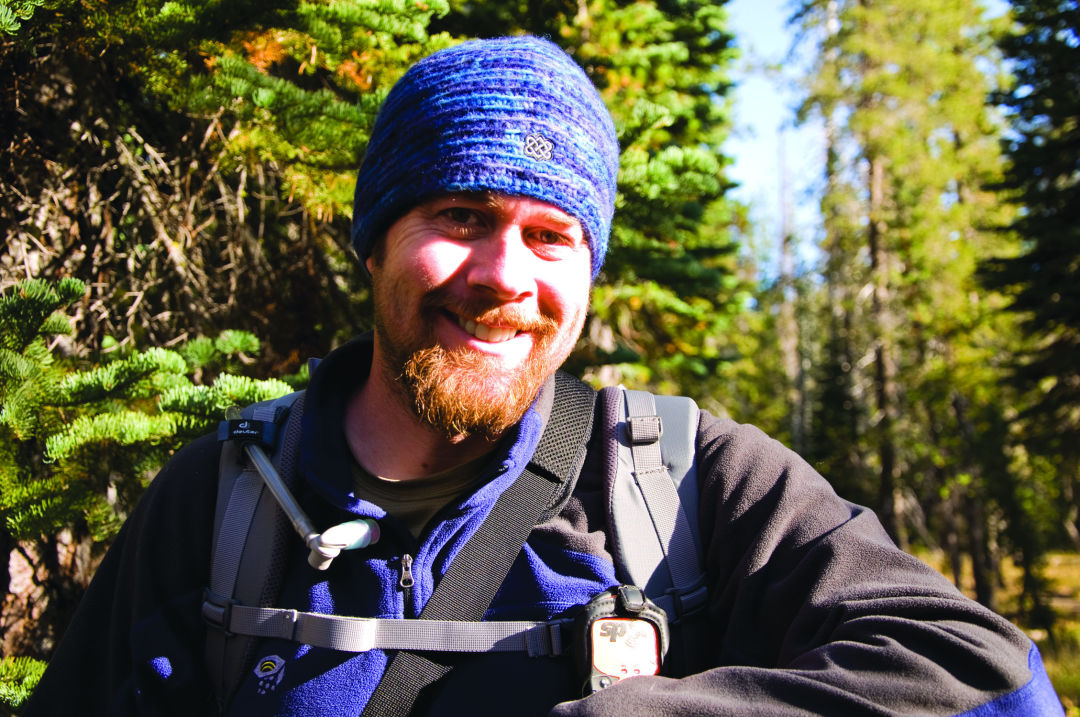
Eli Boschetto, author of Hiking the Pacific Crest Trail: Oregon.
Image: Mitzi Sugar
In addition to suggested itineraries, historical insight, and resort recommendations (for when you just need a margarita), Boschetto provides insight on Oregon's can’t-miss sights along the PCT, along with alternatives routes. (Like Crater Lake, which he describes as an experience akin to “standing on the edge of the Grand Canyon,” and Tunnel Falls, where the trail wanders under waterfalls in ways both awe-inspiring and harrowing).
455 miles is certainly a lot to bite off. That's another area where this guide breaks from the long-haul boot-chuckers. Maybe take the PCT one short trip at a time, he suggests, and hang on to those shoes. “After a couple summers," says Boschetto, "you’ll find you’ve hiked across the entire state of Oregon.”


